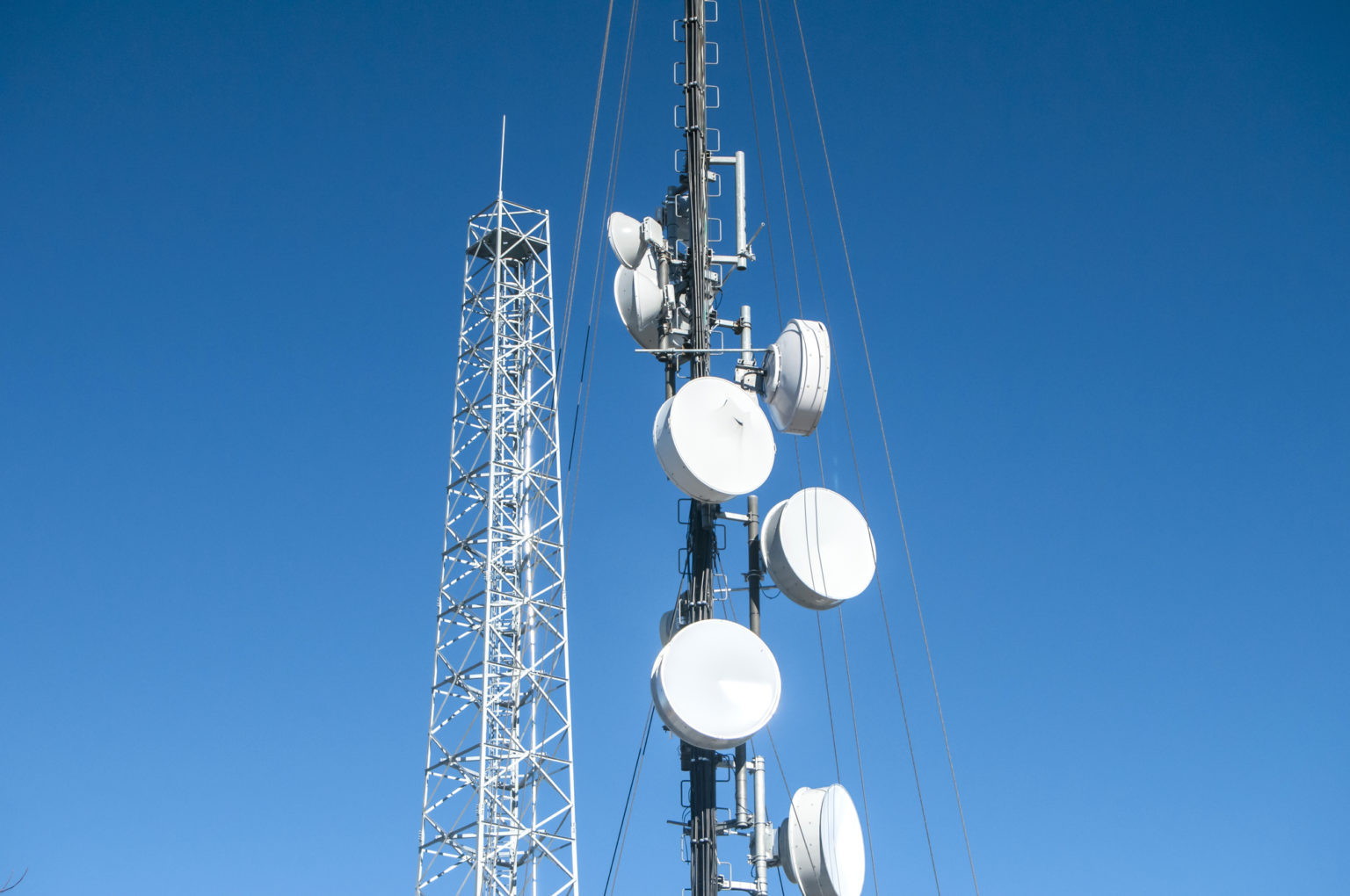Radio relay enables companies to exchange individual data or even larger data sets in a stable manner. However, the installation of the required radio relay systems requires precise planning and professional execution.
It is actually easy to see why directional radio systems should be used in companies. The focus is on the fast and efficient exchange of data. In addition, the system is reliable and particularly interference-proof - and thus permanently available.
But how can you actually imagine how such a system works? First of all, directional radio is a wireless system. The actual transmission of the desired information is possible by means of radio waves. When setting up radio relay systems, close cooperation with the Federal Network Agency is therefore essential. The Federal Network Agency then defines a fixed frequency range. Data can then be transmitted on this waveband. However, a distinction must be made between a point-to-point connection and a microwave link via the Internet. Companies that want to transmit data to their customers often rely on the latter connection.

The system works via antennas, which are preferably to be mounted directly on the roof. This can sometimes be quite a challenge. Not every roof is easily accessible. But even with freely accessible roofs, the installation of a directional radio antenna involves a great deal of effort. In addition to careful and foresighted planning, professional execution is also required. Therefore, before the installation it is necessary to make a so-called terrain cut. In many cases, survey engineers are involved in this work process. The aim is to ensure that a direct line of sight to the nearest antenna can be established. Trees or other buildings could otherwise prevent a direct view and thus interfere with the system.
If companies want to set up such a radio relay system, the estimated costs play a central role in the decision-making process. However, the question of the final price cannot be answered in a generalized way and depends in particular on the respective provider who takes over the installation. It is clear, however, that the setup with an additional Internet connection is significantly more expensive, especially in terms of running costs. In addition, the lower the bandwidth, the lower the costs in the end.
The installation of a radio relay system is especially recommended for companies and organizations that want constant data exchange and rely on stability. Radio relay systems are not very susceptible to interference and have therefore always been a proven system.
© Copyright 2023 FMB Engineering